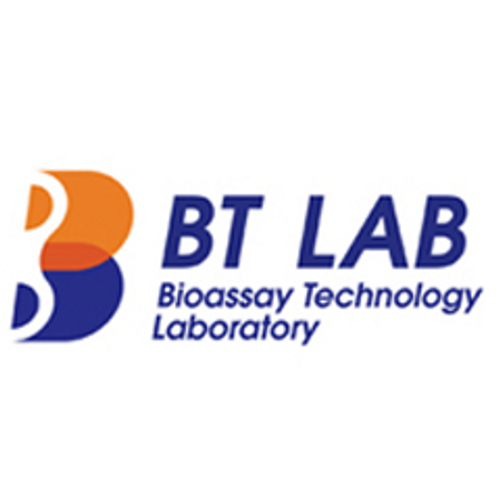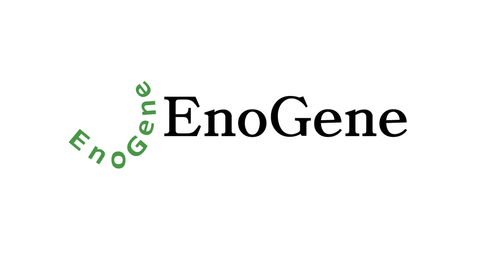Product Description
Klotho is a glycosylated protein that plays an important role in the regulation of phosphate and calcium homeostasis. Human Klotho exists in both membrane bound and secreted forms, and is predominantly expressed in the kidney convoluted tubules, and to a lesser extent, in the brain, reproductive organs, endocrine glands, urinary bladder, skeletal muscle, placenta, and colon. The full length transmembrane form has a large extracellular domain composed of two homologous subunits termed KL1 and KL2, which contain 516 and 439 amino acid residues, respectively. The predominant circulating form, which is derived from alternative RNA splicing, contains the KL1 subunit and constitutes the N-terminal sequence of transmembrane Klotho. A third Klotho protein of about 128 kDa has been identified in the blood and cerebrospinal fluid. This circulating protein arises from the action of an as yet unidentified protease which cleaves transmembrane Klotho just above and/or within the plasma membrane. Klotho has been shown to play a key role in the signaling cascade of fibroblast growth factor-23 (FGF-23), a bone derived hormone that acts in the kidney to inhibit phosphate reabsorption and vitamin D biosynthesis. Klotho promotes FGF-23 signaling through binding to FGFRI (IIIc) which converts this canonical FGF receptor into a specific receptor for FGF-23. In the absence of Klotho the function of FGF-23 is literally abolished. Recombinant human Klotho is a 65-70 kDa glycoprotein containing 516 amino acid residues.
Biovision | P1280 | Klotho Human Recombinant DataSheet
Biomolecule/Target: Klotho
Synonyms: Klotho (EC:3.2.1.31), KL, Klotho, KLA
Alternates names: Scatter Factor (SF), Hepatopoietin (HPTA), HGF, HGFB, F-TCF.
Taglines: Glycosylated protein playing important role in the regulation of phosphate and calcium homeostasis
NCBI Gene ID #: 3082
NCBI Gene Symbol: HGF
Gene Source: Human
Accession #: P14210
Recombinant: Yes
Source: Human 293 cell expressed
Purity by SDS-PAGEs: 95%
Assay: SDS-PAGE
Purity: 98%
Assay #2: HPLC
Endotoxin Level: <0.1 EU/g
Activity (Specifications/test method): N/A
Biological activity: ED is typically 10 to 50 ng/mL. The specific activity was determined by the dose-dependent stimulation of the proliferation of the monkey epithelial cell line 4MBr-5.
Results: 10 to 50 ng/ml
Binding Capacity: N/A
Unit Definition: N/A
Molecular Weight: 70 kDa, single chain, glycosylated
Concentration: N/A
Appearance: Lyophilized
Physical form description: Lyophilized from 15 mM Sodium Phosphate pH 7.3.
Reconstitution Instructions: Reconstitute in sterile PBS containing 0.1% endotoxin-free recombinant human serum albumin.
Amino acid sequence: N/A
 Euro
Euro
 USD
USD
 British Pound
British Pound
 NULL
NULL



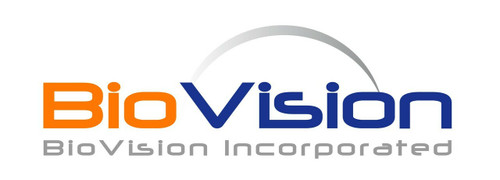

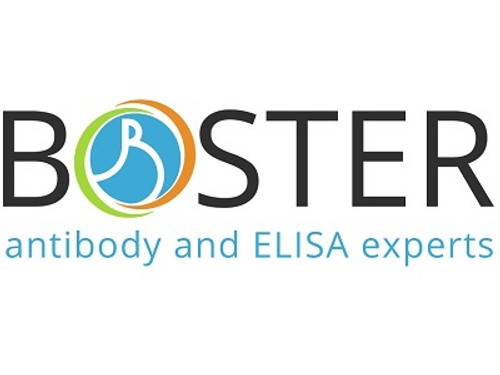

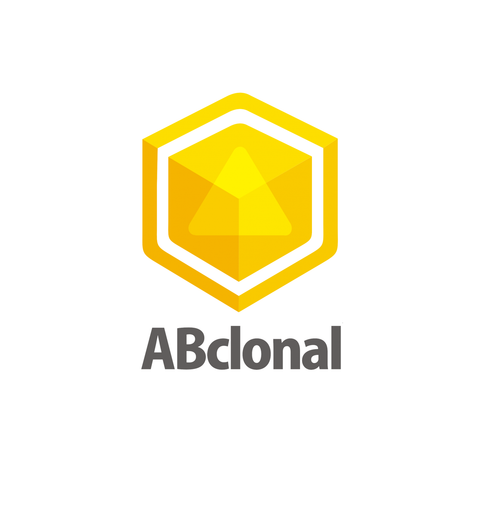
![Recombinant human Klotho protein [His] Recombinant human Klotho protein [His]](https://cdn11.bigcommerce.com/s-452hpg8iuh/images/stencil/500x659/products/450926/654018/images__81618.1648113406__03083.1648113969.png?c=2)
